From In-Road Rock Formations to Traffic-Directing Robots: A Dispatch From Congo

If you can describe a road surface as being home to a rock formation, you might be in Kinshasa, Congo.
Protrusions of solid rock extend several feet above the road surface, as though thrust upward by some geologic force. In fact, these shockingly large outcroppings are made possible through an unfortunate combination of poor construction, over-use, and extreme neglect. I came upon several such promontories during a recent visit to the Congolese capital. And these were not rural or back street rock climbing opportunities. These can be found on main roads across the city center.
Potholes do not begin to describe the damage done to these once-paved roads. Congolese potholes are gaping abyssal maws nearly as deep as they are wide and large enough to park an F-150 in, which I witnessed. These are not potholes so much as regrades that adjust the street surface in three to five foot increments and can extend across an entire thoroughfare. Then there are the odd wave-like lumps that come in sets of three. Too sharp to be speed-bumps, these bulges are capable of high-centering a common car. And peppered throughout are common potholes notable for their slim surface diameter and shear walls, some exceeding waist-depth. I saw a man enjoying relative privacy as he stood in one relieving himself.
To be fair, there are roads spared this neglect, such as Boulevard du 30-Juin that bisects the city, the streets in front of key government buildings, and foreign embassies. But these make up a small fraction of Kinshasa’s road network.
Lane markings are rare, street signage uncommon, and the boundary between street and sidewalk ill-defined. Not that the occasional lane markings, signs, or sidewalks impact user behavior. The flow of pedestrians is inexhaustible. They choke off small streets and narrow main thoroughfares to a single lane like plaque clogging an artery. Pedestrians are also present in massive quantities along what are ostensibly limited access highways. For miles on end these roads are lined with an unrelenting flow of merging mini-buses, traders, handcarts, and the throngs of people these activities imply.
People cross all manner of roadways wherever and whenever they like, in spite of center-line barriers and pedestrian overpasses. Horns honk and lights flash. The noise blends into a steady unpleasant din. Near-misses are common. I saw the recent aftermath of three collisions along the 20 mile, two-hour drive from the airport into town. It was into this automotive obstacle course I was thrust two weeks ago.
There is a reason for the lack of imagery in the quality or quantity you have come to expect from TTAC. When you visit Congo, be forewarned that after years of paranoia inducing leadership, nonexistent education, and general deprivation the people exhibit opportunistic and even predatory tendencies. Taking photos is perceived as either a crime against the state (it’s not) or an opportunity for profiteering (it is). But being disinterested in squabbling or paying, I did what little I could. If what I observed in freedom is any indication of what a Congolese jail might look like, no photo is worth the experience.
Some additional travel advice; if you have respiratory sensitivities, bring your bio-hazard gear. The dry season (now) brings moderate heat and humidity, limited rain, and no breeze. And the city is ringed by high ground on three sides. This mixture of climate and topography are compounded by unregulated emissions, dust from disintegrating roads, and the talc-like effluent from the nearby Congo River. It all combines into a thick hazy mélange. It is unpleasant and unremitting, but makes for wonderful orange-red sunsets.
Like Beijing, Bangkok, and Mumbai, Kinshasa is a mega-city with the traffic that attends such conurbations. Its official population is 10 million, though credible estimates place the real count closer to 15 million. More people live in Kinshasa than Illinois and they’re all packed into a 225 square mile footprint, equal to Chicago. The population density is double that of America’s densest city, New York. And although most Congolese do not have cars, there are more than enough.
Congolese traffic chaos is different than that found in most other mega-cities in the developing world. For example, Bangkok has well positioned, authoritative police directing traffic. Mumbai has a mature rail system and budding metro. Kinshasa has a new train station, but no trains, a few public buses in various states of disrepair, and ineffectual police who are at best dispassionate observers and at worst enablers of disorder.
Kinshasa’s police do however have robots. In 2013, a new experiment in traffic control was launched when eight-foot tall robots were placed on elevated pedestals at the center of two intersections. They have the requisite red and green lights and their arms elevate to indicate the right to turn. Apparently, they also speak to let pedestrians know when it is safe to cross. These robots are a locally produced anthropomorphic cross between the imposing Robocop and clumsy B-9 from the 1960s TV series Lost in Space. But if Congolese drivers won’t yield to Tatra 8×8 trucks (true) or tacticals full of armed police (also observed), why would they obey stationary robots? In spite of their ineffectiveness, the robots have procreated and now reside at the center of at least a dozen intersections across the city.
If lane splitting pedestrians reach your destination before you do, you might be in Kinshasa. Congolese traffic moves slowly. The vast majority of driving is done under 40 mph, and much of it is done at a crawl. Even at night, when fewer cars and pedestrians are about, high speeds are ill advised as darkly clothed, apathetic pedestrians cross the unlit streets at random.
Regardless of time of day, all intersections are contested. One might anticipate that the vehicle nearest the space it intends to occupy, or the largest vehicle vying for a given space would be the one to get it. Not necessarily. But to understand why, one must get to know the people behind the wheel.
A large portion of vehicles are piloted by “professionals,” which simply means they are paid to drive. Be they mini-bus owner-operators, commercial-vehicle drivers, or drivers for middle- and upper-class residents who are too afraid or too smart to drive themselves. Being a professional driver brings with it zero training. And the youthful demographic of the city, driven by a high birth rate, rural migration and one of the lowest life expediencies on earth, contributes to a lack of experience among these professional drivers. Many of them had little to no experience riding in vehicles, much less driving them prior to becoming professionals. All that’s required is willingness.
When most of us drive, we select a path based on a navigation system or on our experience of known routes and traffic patterns. We make lane selections based on our own algorithm, combining speed, distance to next turn, schedule, etc. None of these considerations enter into the equation in Kinshasa. Need to take a left turn? No problem, you can do that regardless of your position on the road. And don’t worry, other drivers will not be particularly perturbed. They were hardly moving anyway. In a hurry? It’s acceptable to enter oncoming lanes, particularly if you can find a heavy truck to follow. Another driver wants a space you could also move into? It may not have been your original intent, but if he wants it (there are few female drivers) it must be desirable, you better get there first! Congolese drivers move into open space like water runs downhill.
For car-spotters, Kinshasa offers unique diversity. All of the Japanese, Korean, and German brands are present, as well as numerous Chinese brands and a smattering of nameplates from each of the Detroit Three.
- Most common nameplate: Toyota ist, better known to most of us as the Scion xA
- Most common North American spec nameplate: Nissan Armada, Honorable Mention Cadillac Escalade
- Most common SUV: (Tie) Toyota Land Cruiser 70-Series, Toyota Fortuner, Ford Everest
- Most common mini-bus: Toyota Hiace, private transport workhorse across sub-Saharan Africa
- Most interesting mini-bus: The indestructible Mercedes 207/208/209, most recently produced in 1995
- Oddest Automotive Sighting: (Tie) Early 1970s Ford Capri with homemade pickup bed conversion, Lowered Chrysler Pacifica
I had the pleasure of driving both a Toyota Land Cruiser 76 and a Mercedes G500 in central Kinshasa. Thankfully, both vehicles are capable of directly addressing Congolese road obstacles, save of course the jagged igneous outcroppings. The G500 offered acceleration wildly beyond what is necessary in Kinshasa. Though if one were bold enough they could convert its breakneck 0-30 acceleration into a genuine competitive advantage. No calamity befell myself or my passengers, but the extreme stress of driving in Kinshasa is in my estimation the closest one can get to driving in a combat zone. And as much as I relish unique driving experiences, what makes this one a standout among my numerous trips to Africa is my lack of interest in repeating it.
If I don’t want to take the wheel, I’m probably in Kinshasa.
[Image: Top – MONUSCO Photos/Flickr; Others – © 2016 Seth Parks/The Truth About Cars]

Twenty year auto industry professional. Currently CEO at Turbo International, the premier American manufacturer of OEM replacement turbochargers for the global aftermarket.
More by Seth Parks
Latest Car Reviews
Read moreLatest Product Reviews
Read moreRecent Comments
- SCE to AUX I think the 2.2 was a pretty durable engine.
- Rochester We'll probably be trading in our 2018 Touring Edition Forester for the next model, and are waiting to see what the Hybrid is all about. Would be nice if they disclose whether or not it will be a plug-in Hybrid.
- CEastwood I have a friend who drives an early aughts Forrester who refuses to get rid of it no matter all it's problems . I believe it's the head gasket eater edition . He takes great pains regularly putting in some additive that is supposed prevent head gasket problems only to be told by his mechanic on the latest timing belt change that the heads are staring to seep . Mechanics must love making money off those cars and their flawed engine design . Below is another satisfied customer of what has to be one of the least reliable Japanese cars .https://www.theautopian.com/i-regret-buying-a-new-subaru/
- Wjtinfwb 157k is not insignificant, even for a Honda. A lot would depend on the maintenance records and the environment the car was operated in. Up to date maintenance and updated wear items like brakes, shocks, belts, etc. done recently? Where did those 157k miles accumulate? West Texas on open, smooth roads that are relatively easy on the chassis or Michigan, with bomb crater potholes, snow and salt that take their toll on the underpinnings. That Honda 4 will run forever with decent maintenance but the underneath bits deteriorate on a Honda just like they do on a Chevy.
- Namesakeone Yes, for two reasons: The idea of a robot making decisions based on algorithms does not seem to be in anyone's best interest, and the thought of trucking companies salivating over using a computer to replace the salary of a human driver means a lot more people in the unemployment lines.




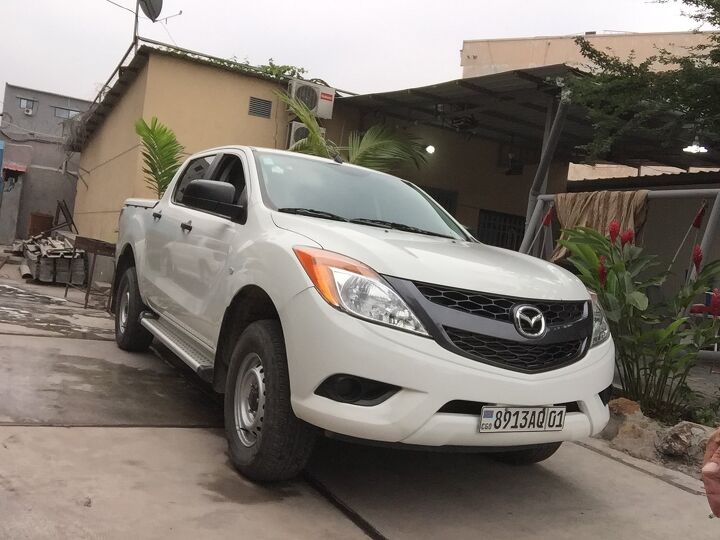
















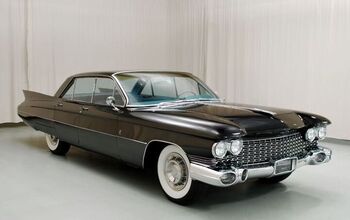
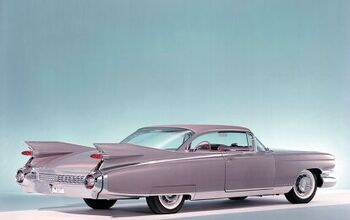
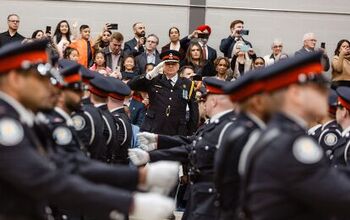
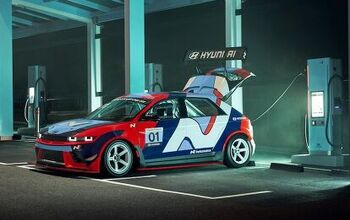

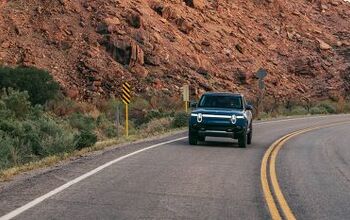
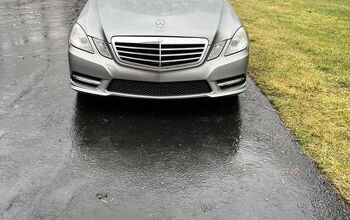

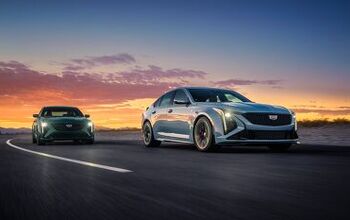
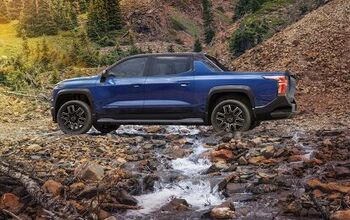
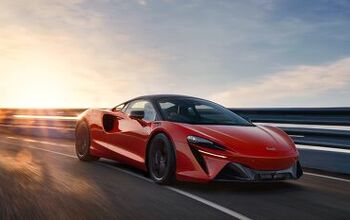
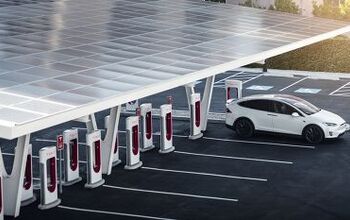
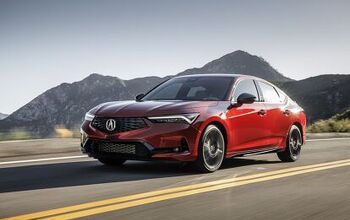
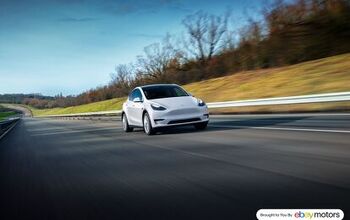
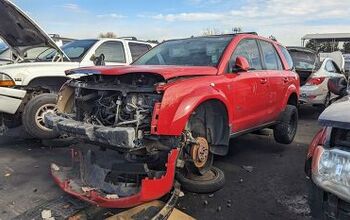

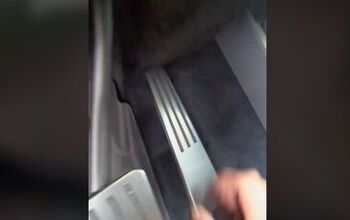
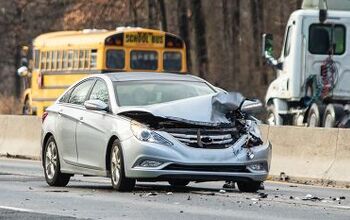
Comments
Join the conversation
Thanks for sharing, Seth. I got to visit Zambia last year on a church trip and my experience was largely the same as yours, as far as the road conditions and the cars. They did have non-robot-styled traffic lights, at least.
Great article, very informative.